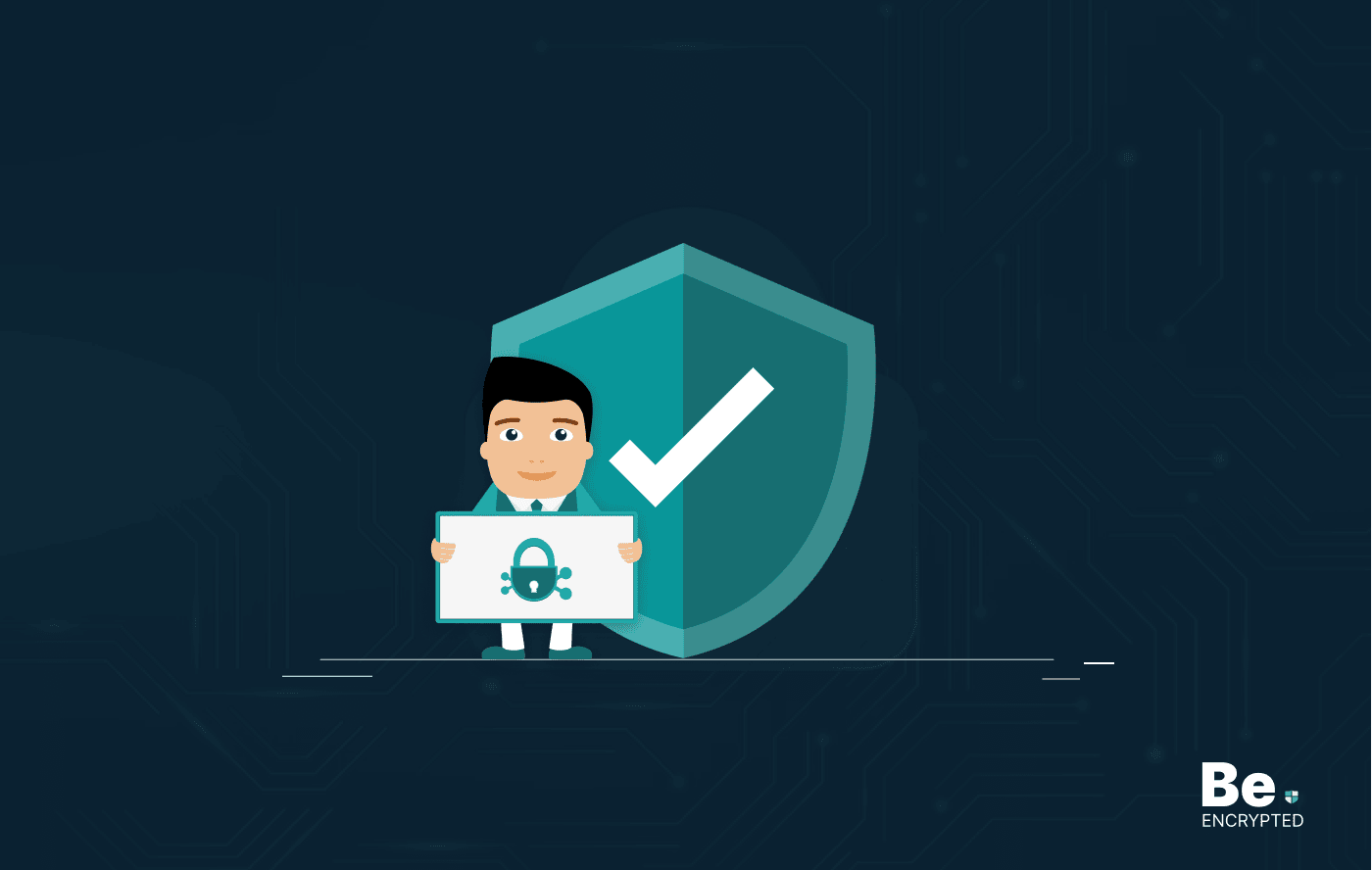Role-Based Access Control (RBAC) is a type of security authorization that regulates access to systems and data. It is a more secure authorization method because it allows specific users to access only the information they need for their job function.
This is done by assigning them particular roles with varying degrees of privilege. RBAC effectively reduces the risk of data leakage and theft by providing a more secure environment for sensitive information.
Who should use RBAC and why?
Role-Based Access Control should be used by organizations that want to improve their network security posture by restricting access to sensitive information. It effectively prevents data leakage and theft and can be easily tailored to meet specific needs.
RBAC is also a very efficient way of managing user permissions. It can save time and resources by giving users access to only the information they need for their job function.
The benefits of using RBAC
With Role-Based Access Control (RBAC), there is no need for IT staff to review every access request manually. It’s beneficial for the protection of your company’s data. Here is a quick overview:
- Increased security – It provides a more secure environment for sensitive information by restricting access to only those users who need it. This reduces the risk of data leakage and theft.
- Reduced risk – RBAC helps to reduce the overall risk of unauthorized access to systems and data.
- Efficient resource allocation – The model enables organizations to allocate their resources more efficiently by assigning specific users to specific roles. This helps ensure that employees work only on tasks they are authorized to do.
- Improved accountability – It improves accountability by providing a clear audit trail of user activity. This makes it easier to track down and investigate any unauthorized activity.
- Flexibility – RBAC provides excellent flexibility by assigning different access levels to users depending on their position in the organization and the job function they have been assigned. This allows organizations to provide a high level of security while still allowing employees access to information that is relevant to their work.
- Efficiency – The technique is more efficient than other authorization methods because it provides a straightforward way of restricting employee access. It is much more efficient to set up one or two levels of authorization with fixed roles than to provide every user with different permissions depending on their job function and role.
- Ease of management – RBAC is easier to manage than other forms of security authorization because it provides a detailed picture of what information each user can access. This makes it much easier to see who has access to any particular data or system and quickly identify areas that need better security.
- Saves time – It saves the organization time by giving users access to only the information they need for their job function. That reduces the number of support calls about accessing data or systems that an employee should be unable to see or use.
The drawbacks of using RBAC
The drawbacks of using Role-based Access Control include:
- Increased complexity – RBAC can be more complex to set up and manage than other forms of security authorization. That can make it difficult for organizations to implement and maintain.
- Increased administrative burden – It can place a more significant administrative burden on organizations because it requires careful planning and management. That can be time-consuming and may require additional resources.
- Limited scalability – The technique is not always suitable for large or complex organizations because it can be challenging to scale up to meet the needs of a large organization.
- Inflexible – RBAC can be inflexible because assigning users to specific roles is not always possible, depending on their job function. That can make it challenging to provide the level of access that some employees need.
- Lack of detailed role information – It is unsuitable for situations where roles are particular, and every action needs to be logged with detailed information about what was done, by whom, and when. This is because there is no way to store this level of detail in the RBAC system.
- Single knowledge worker access level – In some situations, it may be best to have a single role or knowledge worker access level to provide the most efficient information flow within an organization. However, that cannot be easy if other roles need different levels of authorization and permissions.
How to set up RBAC in your organization
Here is a step-by-step guide on how to set up Role-Based Access Control for your organization:
- Define the roles – The first step is to define the roles used in your organization. These should be based on employees’ job functions and responsibilities and tailored to meet your organization’s needs.
- Assign users to roles – Next, you must assign users to the relevant roles. This can be done manually or through an automated process such as Active Directory.
- Set up permissions – Finally, you need to set up the permissions for each role. That will control what employees can access and do concerning data and systems within the organization.
Tips for using RBAC effectively
Using RBCA effectively and safely requires additional considerations, including:
1. Plan carefully
Role-Based Access Control works best when it is planned carefully and implemented systematically. It is essential to take the time to map out the roles and permissions needed to avoid confusion and ensure that everyone has the access they need.
2. Restrict access as much as possible
The technique is most effective when it restricts access to sensitive information. You should only give employees the permissions they need to do their job function and nothing more.
3. Use a centralized system
A centralized RBAC system is the best way to manage user permissions and ensure everyone follows the same rules. This makes it easier to track who has access to what and reduces the risk of information being leaked or lost.
4. Keep data safe
Organizations rely on their employees to keep the sensitive information they hold secure. This is why it is essential to ensure their access to this information has been carefully managed using a Role-Based Access Control system.
Share this article
About the Author
Waqas is a cybersecurity journalist and writer who has a knack for writing technology and online privacy-focused articles. He strives to help achieve a secure online environment and is skilled in writing topics related to cybersecurity, AI, DevOps, Cloud security, and a lot more. As seen in: Computer.org, Nordic APIs, Infosecinstitute.com, Tripwire.com, and VentureBeat.
More from Iam WaqasRelated Posts

19 Best Vulnerability Management Software or Tools in 2024
KEY TAKEAWAYS Vulnerability management tools scan and detect weaknesses within the network that hac...

How to Detect, Identify and Fix Packet Loss with Best Tools
KEY TAKEAWAYS Packet loss reduces the speed and amount of data that flows through the network. This ...

15 Best Network Security Software – Top Pick Of Organizations
KEY TAKEAWAYS Network security software keeps the data secure and blocks malicious or potentially vu...

15 Best Virtual Machine Software for Windows in 2024
KEY TAKEAWAYS Virtual machine software is a vital tool for developers to deploy VM software to test ...

What is Software Deployment: Risks and Best Practices
KEY TAKEAWAYS Software deployment is facing various security risks amidst the advancements in the in...

Building Encryption into the Network Fabric with SASE
A network fabric is a mesh of connections between network devices such as access points, switches, a...


